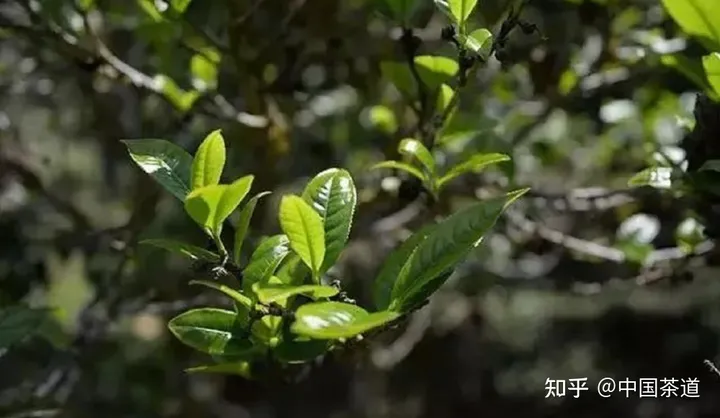During the tea ceremony, why eat sweets with tea?

Even though China was newly liberated, it was not yet rich, and some fussy families would store biscuits and cakes in a tin box, only taking them out when there were guests at home to serve with tea. Although it seems like a bit of a luxury for the poor, the importance of tea cakes in tea culture is evident.
Alleviate Hunger
In China, there is a tradition of going to tea houses. When everyone is gathered at the tea table, drinking tea and chatting, time is often forgotten. In addition, some types of tea, such as Pu-erh, have a strong digestive effect and often make you hungry. In addition, drinking tea on an empty stomach can damage the stomach, so at this time it is necessary to eat some sweets to relieve hunger and prevent stomach damage.
Complement to the taste of tea
The choice of tea sweets is both a technique and an art, the choice of sweets should be in harmony with the taste of tea. In general, the choice of sweets should match the taste of tea, and be harmonious with the flavor of tea. For example, "sweet with green tea, sour with red tea, melon seeds with Oolong".
When drinking tea, you can choose different sweets according to the tea variety, this is another form of tea culture.
- Green tea is an unfermented tea. The taste is fresh and delicate, the color is fresh and pleasant, so the sweets that go with it should be fresh, delicate and refreshing.
- Oolong is a partially fermented tea, similar in flavor to green tea. It is not suitable for strong-tasting sweets, so you can choose sweets that are low in sugar and salt, such as melon seeds, peanuts, mung beans, and bean rolls.
- Red tea belongs to the category of fully fermented teas and has a rather full-bodied and intense flavor, suitable for being accompanied by sweets with a salty, slightly acidic or with a touch of soda flavor, such as sour berry cakes, dried plum cakes, candied fruit cakes and so on.
- While drinking flower tea or green tea, you can enjoy small sweet-tasting treats.
- Pu'erh tea has a fuller flavor and pairs well with strong-tasting snacks such as beef jerky, various types of dried meat, dried fruit, etc. Dairy products such as cheese and milk pudding, or nuts with a high fat content such as peanuts, cashews, and almonds are also good.
- The ancient Japanese tea Matcha is quite bitter, so Japanese treats like mochi and dango tend to taste sweet and sticky.
How to avoid getting drunk on tea
It is important to know that tea contains many substances such as tea polyphenols, caffeine and others. Caffeine can stimulate the central nervous system of the brain to a limited extent, causing nervous excitement, accelerated blood circulation and intestinal disorders, among other negative effects. In more severe cases, the substances present in tea can also rapidly lower blood sugar levels, causing symptoms of decompensation such as fainting, dizziness, weakness in the limbs and other symptoms similar to those of alcohol intoxication. Therefore, to avoid tea intoxication, the best advice is "eat before drinking". Before drinking tea, eat something to make sure your stomach is full.
When drinking tea, it is helpful to have small snacks, nuts, and so on, such as cinnamon cakes, date paste, pumpkin seeds, peanuts, pistachios, etc. on hand. If tea drunkenness occurs, you should immediately drink a cup of sugar water, eat sweets, or drink more water to increase your blood sugar level and gradually reduce the symptoms of tea drunkenness.










